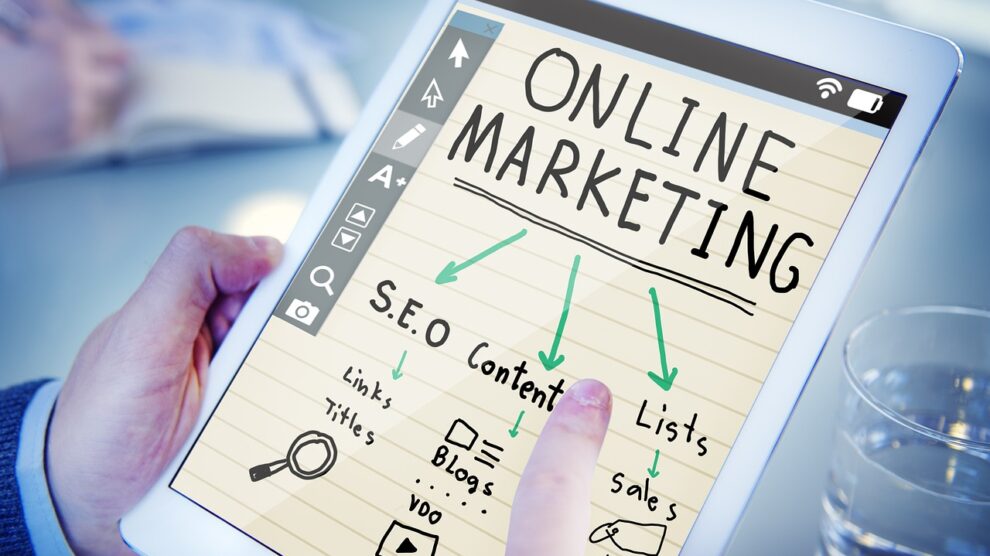Introduction
Small businesses always face tremendous challenges when competing against more established and much larger companies. Small businesses sometimes simply cannot compete with the vast resources that larger companies have access to. However, they do have the ability to leverage their capability to quickly react to competitive challenges and use this agility to respond with five key marketing strategies that can definitely help their bottom line.
1. Digitization and eCommerce
Small businesses that are ‘bricks and mortar’ operations will need to embrace the technological world and maximize their product awareness by establishing an online presence. eCommerce is the ideal channel where small businesses can advertise and sell their products to prospects and consumers.
Establishing a professional eCommerce platform can be easily achieved, with countless software firms providing ‘click-n-go’ online portfolios that can be swiftly established and operational within days. A small business can also integrate its social media digital channels with their eCommerce portal.
If it is professional services that you specialize in, then using tools such as Zoom, or Microsoft Teams will move meetings from the office to your living room – minimizing the disruption caused by working from home or enforced lockdowns.
2. Artificial Intelligence and Website Integration
Website chatbots are instantly popular with online businesses, and small businesses can leverage them by integrating artificial intelligence with their eCommerce digital platforms.
Once the doyen of science fiction folklore, artificial intelligence is transforming how businesses interact with their customers, and they have the capability to promptly respond to most consumer inquiries – 24 x 7.
Webchat chatbots are a proven AI service that are more convenient than other communication channels such as phone and email. Business phone calls that are placed on hold can sometimes be neglected and simply not even answered, while emails can be disregarded or end up unintentionally placed into the Junk Folder.
Webchat/ chatbots offer the best of both worlds and provide customer query convenience – and with a high probability, their inquiries will be met with a positive response.
3. Customer Experience and Customer Service
A happy and satisfied customer will become a repeat customer and will likely recommend your small business to friends, family, and co-workers. But how can a company gauge and understand their business’s overall effectiveness towards its customers?
This is where customer experience can help. Customer experience is the overall contact, from a customer identifying or discovering your product, to shopping, purchasing, delivery, and then using the purchased product.
Any follow-up communication the customer has with your employees afterward is part of the overall customer experience journey.
Small businesses can online survey their new customers to assess feedback and determine business processes that require improvement,
Net promoter score surveys are used to canvass your customer base to determine how likely they are to provide a positive recommendation – typically reported on a scale from zero to ten.
Evaluate your competitors’ product reviews, and pay attention to their customer feedback regarding their products. The knowledge garnered here can maintain your competitor differentiation or provide business ideas on how to diversify market segmentation successfully.
4. Sustainability and Eco-Friendliness
The millennial generation and their younger associates are the most vocal regarding these subjects, and they are demanding climate change action from governments. They also firmly believe that businesses should invest and engage in social and environmental practices.
Small businesses can respond in several ways to authentically show both consumers and potential leads that they do care about sustainability, environmental protection, and eco-friendly business disciplines:
Donate to climate awareness charities, and actively communicate this support on your small business social media channels,
Develop and incorporate sustainability within your own workplace by actively reducing waste packaging generated from business production and workforce by-products,
Add these practices to your business mission statement, and communicate your practical sustainability achievements to all of your customers,
In the U.S., leverage the tax credits and monetary incentives available for companies that utilize solar and renewable energy abilities. Your green business practices will be warmly welcomed by local communities. They will also generate positive marketing messages to the broader business audience and consumers.
5. Internet of Things – Blending the Digital and the Physical
There are significant discussions regarding the Internet of Things, but what does that mean for your small business marketing campaign? The key is it depends on the industry that your business is in, and whether these methods of digital tracking and marketing will suit your business style.
An example of this marketing trend that might positively affect small businesses is using a beacon. A beacon is a localized and confined wireless sensor that can recognize when a customer is located within a distinct location of your business, and it can automatically respond accordingly.
For example, suppose you have a small business store that offers tools and hardware products for both tradesmen and DIY-ers. In this case, a beacon can be set up and configured to offer special discounts on specific items when they are walking nearby. This marketing inclination is just one example, and there are so many diverse ways to leverage this technology to suit your small business.
Conclusion
Small business owners can effortlessly embrace these five marketing trends quickly and efficiently. Creating and establishing an online eCommerce presence can be completed in days and offer your customers a new business channel to access your goods and service.





